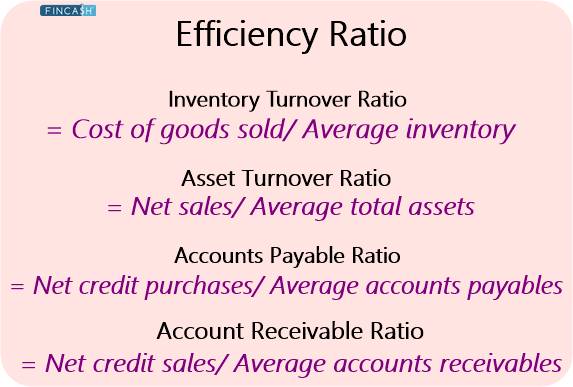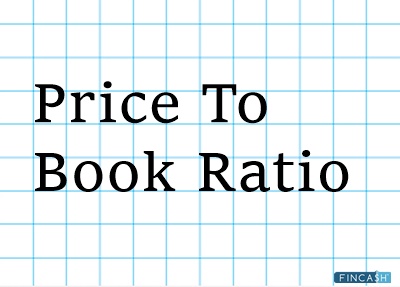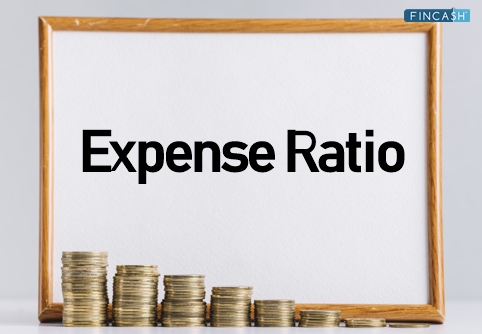
Table of Contents
Efficiency Ratio Definition
Efficiency ratios are measures for evaluating a company's capacity to effectively and efficiently utilise its resources (Capital and assets) to generate revenue. The ratios are used to compare costs to revenues earned. Basically, it depicts how much Income or profit a firm can create from the money it spends to run its business.
For a highly efficient firm, the net asset investment decreases to ensure less capital and debt is required to hold a good position in the business. Efficiency ratios relate an aggregated collection of assets to sales or the cost of products sold in the case of assets. Whereas in the case of the liabilities, it compares payables to total purchases from suppliers.
Various efficiency ratios focus on different aspects of operations, such as how efficiently a business manages its assets, cash flow, and inventories. Thus, financial analysts can use a Range of efficiency ratios to get a comprehensive picture of a company's total Operational Efficiency.

Different Efficiency Ratios
Efficiency ratios are often compared to the performance of other firms in the same sector to assess the progress of a firm. The following are different kinds of efficiency ratios in use:
1. Inventory Turnover Ratio
The inventory turnover ratio is defined as the number of times a company's stock of goods is sold out in a particular amount of time. The cost of goods sold is divided by the average inventory at a particular point in time to arrive at the ratio. Minimizing inventory levels, adopting a just-in-time Manufacturing system, and using common parts for all manufacturing products, among other techniques, can help you achieve a high turnover rate.
The mathematical formula for this ratio is:
Inventory Turnover Ratio = Cost of Goods Sold/ Average Inventory
Talk to our investment specialist
2. Asset Turnover Ratio
The Asset Turnover Ratio assesses a company's assets' ability to generate income or sales. By outsourcing more asset-intensive manufacturing to suppliers, maintaining high equipment utilisation levels, and avoiding overly expensive equipment expenditures, a high turnover ratio can be accomplished.
The mathematical formula for this ratio is:
Asset Turnover Ratio = Net Sales/ Average Total Assets
Net sales = sales - (sales returns + sales discounts + sales allowances)
Average total assets = (Total assets at the end + total assets at the beginning)/2
3. Accounts Payable Ratio
It represents the average number of times a firm pays off its debtors throughout an Accounting period. The ratio can also be used to assess short-term liquidity. A greater payable turnover ratio is advantageous since it allows the firm to have cash in hand for longer periods of time. As a result, the working capital cycle is reduced. The mathematical formula for this ratio is:
Account Payable Ratio = Net Credit Purchases/ Average Accounts Payables
Net credit purchases for a given time are calculated as: Cost of Goods Sold (COGS) + Ending Inventory Balance – Starting Inventory Balance. This is, nevertheless, the typical purchasing formula. Only purchases bought on credit are counted as net credit purchases. Analysts frequently use COGS as the numerator instead of net credit purchases since the amount for net credit purchases is harder to calculate.
To calculate average accounts payable, divide the sum of the total of starting and ending accounts payable balances during the time period by 2.
4. Account Receivable Ratio
The accounts receivable ratio measures revenue collection efficiency. It calculates how many times a company's average accounts receivable are collected during a certain time period. A high turnover rate can be accomplished by restricting the amount of credit issued and participating in aggressive collection efforts, as well as being choosy about only dealing with high-grade clients.
The mathematical formula for this ratio is:
Account Receivable Ratio = Net Credit Sales/ Average Accounts Receivables
Net credit sales are those in which the funds are collected at a later date. Net credit sales = Credit sales - sales returns - sales allowances.
To calculate average accounts receivable, you need to divide the sum of the total of starting and ending accounts receivable balances during the time period by 2.
Concluding Note
In the end, it can be concluded that efficiency ratios are beneficial to a company's management in analysing its operations. Furthermore, investors and lenders utilise the ratios to determine if a company is a suitable investment or a creditworthy borrower while performing financial research.
All efforts have been made to ensure the information provided here is accurate. However, no guarantees are made regarding correctness of data. Please verify with scheme information document before making any investment.












